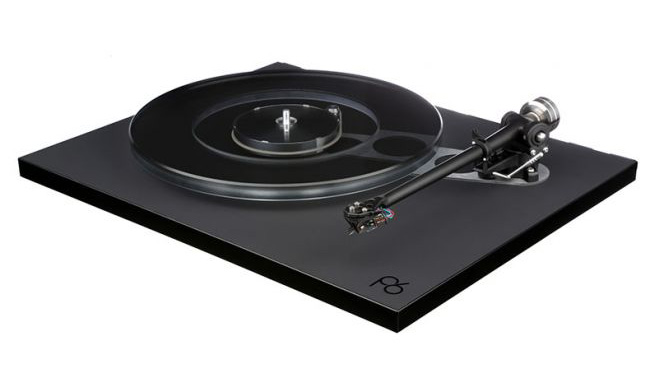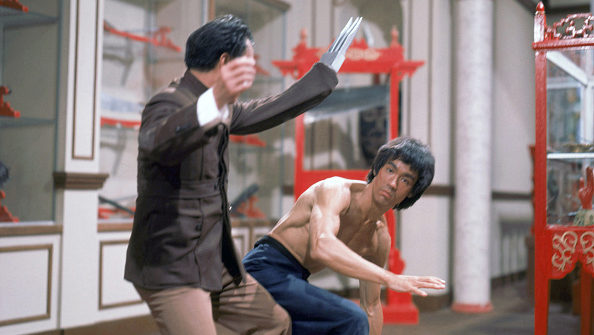What Hi-Fi? Verdict
Rega aims high and scores with a wonderfully refined, articulate and precise turntable that's lovely to listen to
Pros
- +
Superb timing, agility and dynamism
- +
Extremely refined and mature presentation
- +
Precise and subtle
- +
Smart-looking finish
- +
Good build
Cons
- -
Demands careful system-matching
Why you can trust What Hi-Fi?
Unbox the Rega Planar 6 and you’d be forgiven for expecting a turntable experience not dissimilar to the company’s long line of Award-winning turntables. But this deck marks a huge step up in performance from the previous generation RP6 – and that former Award-winner was hardly shabby.
The older RP6 came fitted with an Exact moving-magnet cartridge. This option is still available, but the company now offers a variant with its new Ania moving-coil cartridge – and that’s what we have on test here. Set-up is easy, and the Ania tracks best at 1.75g.
We’d recommend at least a day or two running-in time to get the Rega singing. It’s worth the wait, as this is the subtlest and most articulate Rega Planar 6 yet.
Sound
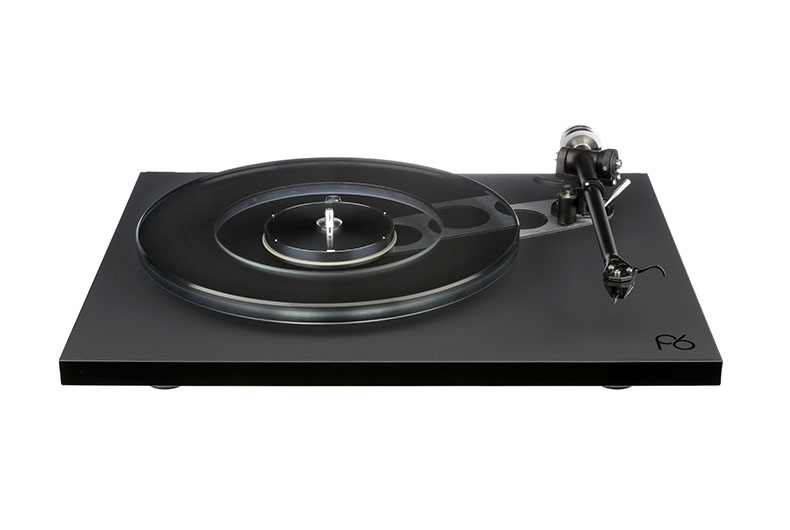
What marks this new Rega Planar 6/Ania out from its rivals (and the older RP6/Exact model) is that it doesn’t go for immediacy to grab your attention.
‘Boldness’ isn’t put to the forefront - instead its party-piece is the unnerving ability to juggle balance, subtlety and timing in the most understated way.
It’s a frankly astonishing refined and mature sound. Some of that is down to the moving-coil cartridge’s inherent characteristics, but this overall package more than justifies its higher pricing.
Read all our cartridge reviews
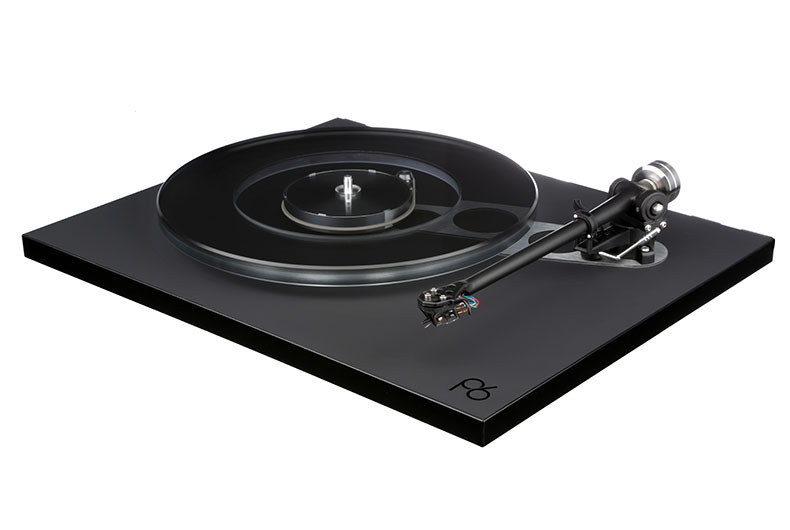
Spinning Alice by Tom Waits, we’re struck by how every element is given equal billing – the instruments aren’t overshadowed by Waits’s voice, nor do the deep bass notes overpower the piano. It’s a bewitching balancing act.
The growly depths and the raspy edges of Waits’ voice are unearthed effortlessly. All the subtleties of his voice are laid bare, sounding more nuanced and emotive than just his usual deep, gruff persona.
The muted trumpet’s presentation in the song is light and nimble and – here is something that only the very best hi-fi can do – it sounds convincing. There’s a palpable sense of depth, solidity and texture to the bittersweet, meandering tune.
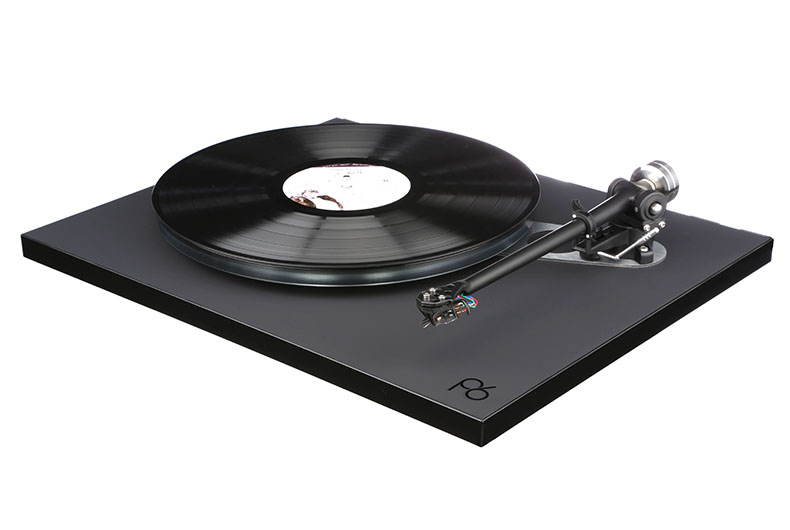
Switch to a more recent track, such as SBTRKT’s New Dorp New York, and the Planar 6 is transparent enough to show off the production differences.
Where Tom Waits showcased textures and depth, here the track exemplifies just how precise, agile and rhythmically secure the Rega sounds.
Those deep, steady basslines have no hint of flab or boom to them. They’re pulled taut and are utterly punctual.
The beat’s build-up is gradual, but once it peaks the Rega keeps that momentum steady – the underlying rhythm never sounds monotonous or inconsequential. You’ll find your foot tapping along to the beat without even noticing it.
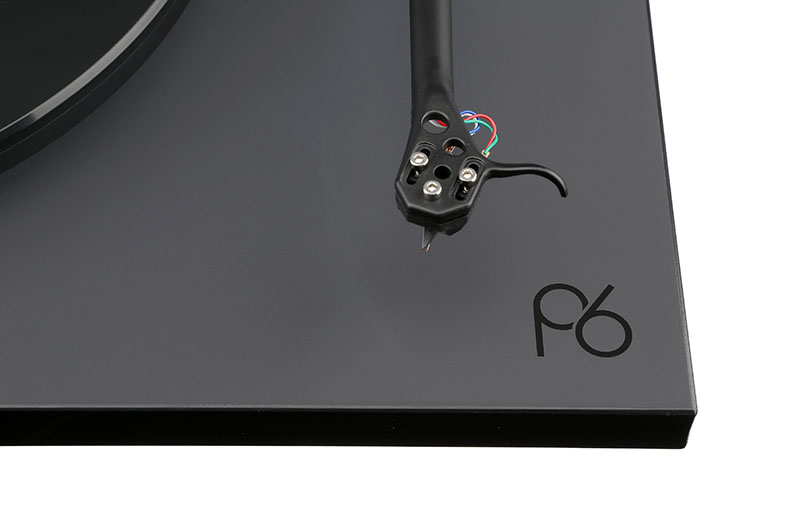
There’s a huge amount of space conveyed when playing The Sorcerer’s Apprentice by Dukas. You can gauge exactly where all the sections of the orchestra are seated.
Once again the Rega shows off its maturity during the opening moments: the swift, high notes are crisply delivered and shine just enough without sounding too sharp.
The rhythmic ebb and flow is effortlessly precise – and when it goes quiet, it really goes silent. Timing is spot-on, and the clarity with which every instrument is presented is wonderful to hear.
We like how the Rega Planar 6/Ania doesn’t shout about what it’s doing. It just gets on and does it.
Build
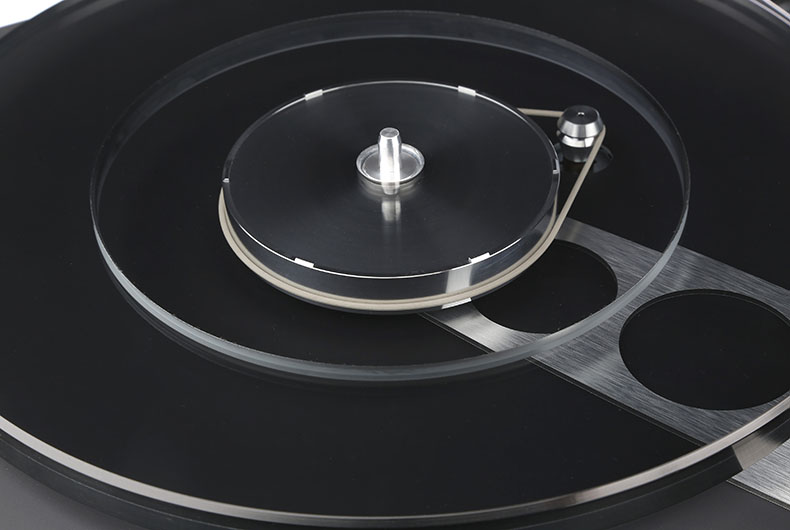
Apart from the finish, the Planar 6’s simple design looks pretty much identical to most of Rega’s turntables over the decades.
But the deck hasn’t just had a fresh lick of paint (although we love that sophisticated matte grey finish). There have been major changes throughout.
The plinth is made of a lightweight foam core, sandwiched between extremely thin but rigid laminates. It’s a similar concept to the RP8/Apheta construction, except the new Planar 6 uses a Tancast 8 polyurethane foam – a material developed for the aerospace industry.
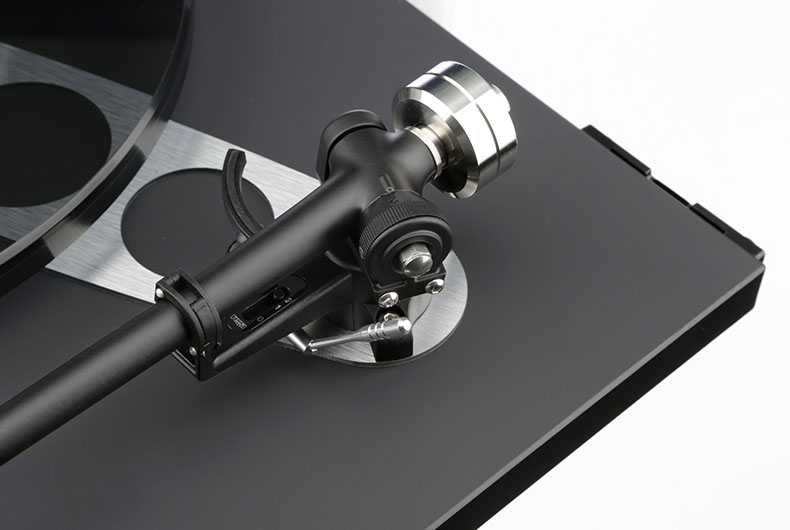
Rega engineers believe too much mass impacts the sound, and this philosophy carries on to the new Planar 6’s design. That delicate balance between lightness and sturdiness is crucial to the Rega’s sound.
The deck also uses the new and improved RB330 tonearm found in the Planar 3/Elys 2, but the Planar 6 gets a stainless-steel balance weight.
Other updates include a custom-machined drive pulley, a single-piece aluminium sub-platter, and a smoked dust cover to match the dual-layered glass platter.

Along with the technological upgrades, Rega has paid particular attention to the finish. Every aspect, from the headshell to the tracking-force slider to the plinth, looks and feels classier than before.
The Planar 6 now comes in a single finish, a rather fetching grey matte with glossy black edges, rather than a choice of bright colours. It’s another sign this deck demands to be taken utterly seriously.
As before, the Planar 6 comes with a separate power supply unit - in this case a Neo PSU. It also lets you change speed electronically. The deck’s 24V motor is hand-tuned to match the Neo and its anti-vibration control, too.
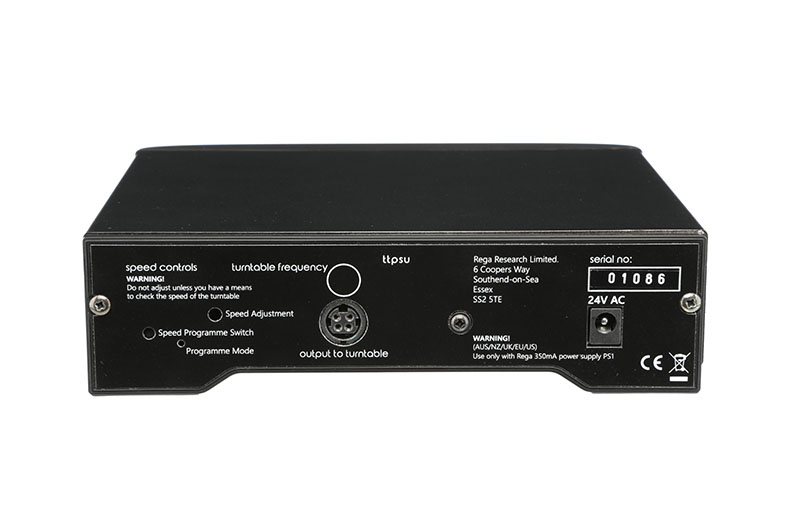
There’s little in the way of isolation bar the three aluminium-trimmed rubber feet, so it’s essential the deck is placed on a sturdy, level support to minimise any vibrations travelling to the turntable.
We’d also position it away from speakers and other electronics to reduce any hum and interference.
That necessary level of care goes for system-matching, too. The higher price and the improved sound it represents means the Planar 6 demands a better class of partnering equipment.
That’s partly because the Ania MC cartridge needs a high-quality phono stage, stereo amplifier and speakers to do it (and the deck) justice.
Verdict
After a few days spent with the Planar 6/Ania, we’re confident the extra care required in system-matching is worth it.
The Rega Planar 6/Ania’s masterful handle on rhythm and subtle detail is better than before, with refinement adding to the deck’s customarily musical and insightful performance.
We’re impressed with Rega’s new level of performance. The Planar 6’s balanced, mature presentation is something you’ll appreciate the more you listen to it. So get listening.
Review published: 2016. Review updated: November 2024.
MORE:
What Hi-Fi?, founded in 1976, is the world's leading independent guide to buying and owning hi-fi and home entertainment products. Our comprehensive tests help you buy the very best for your money, with our advice sections giving you step-by-step information on how to get even more from your music and movies. Everything is tested by our dedicated team of in-house reviewers in our custom-built test rooms in London, Reading and Bath. Our coveted five-star rating and Awards are recognised all over the world as the ultimate seal of approval, so you can buy with absolute confidence.
-
VinylGym Reply
Hi, I am about to upgrade my system and had a couple of questions. I want to opt for a vinyl based system with CD option available also. I currently have the original Pro-ject Debut 3 paired with a Cambridge Audio Azur 540A amplifier, Marantz 6006 CD player, and bi-wired B&W 607 S3 speakers. All the interconnects/speaker cable Etc are premium apart from the poor Project fixed interconnect cables.What Hi-Fi? said:A wonderfully refined, articulate and precise turntable.
Rega Planar 6/Ania : Read more
I want to purchase the Rega Planar 6/Ania turntable as the central piece around which the system is built (I don't like the Technics styling so the new SL1300G is not on my radar). I am thinking of pairing it with Arcam's A15 amplifier. Is this a good combination? Also, even though I have recently purchased the B&Ws, should I opt for a more premium set of speakers and if so, what would you recommend? I am looking to spend in the region of £1000 for each component. I don't see myself upgrading the Marantz at this time. -
GSV Ethics Gradient Reply
I'd post this in the main hifi forum if I were you - you'll get much more in the way of response.VinylGym said:Hi, I am about to upgrade my system and had a couple of questions. I want to opt for a vinyl based system with CD option available also. I currently have the original Pro-ject Debut 3 paired with a Cambridge Audio Azur 540A amplifier, Marantz 6006 CD player, and bi-wired B&W 607 S3 speakers. All the interconnects/speaker cable Etc are premium apart from the poor Project fixed interconnect cables.
I want to purchase the Rega Planar 6/Ania turntable as the central piece around which the system is built (I don't like the Technics styling so the new SL1300G is not on my radar). I am thinking of pairing it with Arcam's A15 amplifier. Is this a good combination? Also, even though I have recently purchased the B&Ws, should I opt for a more premium set of speakers and if so, what would you recommend? I am looking to spend in the region of £1000 for each component. I don't see myself upgrading the Marantz at this time.
